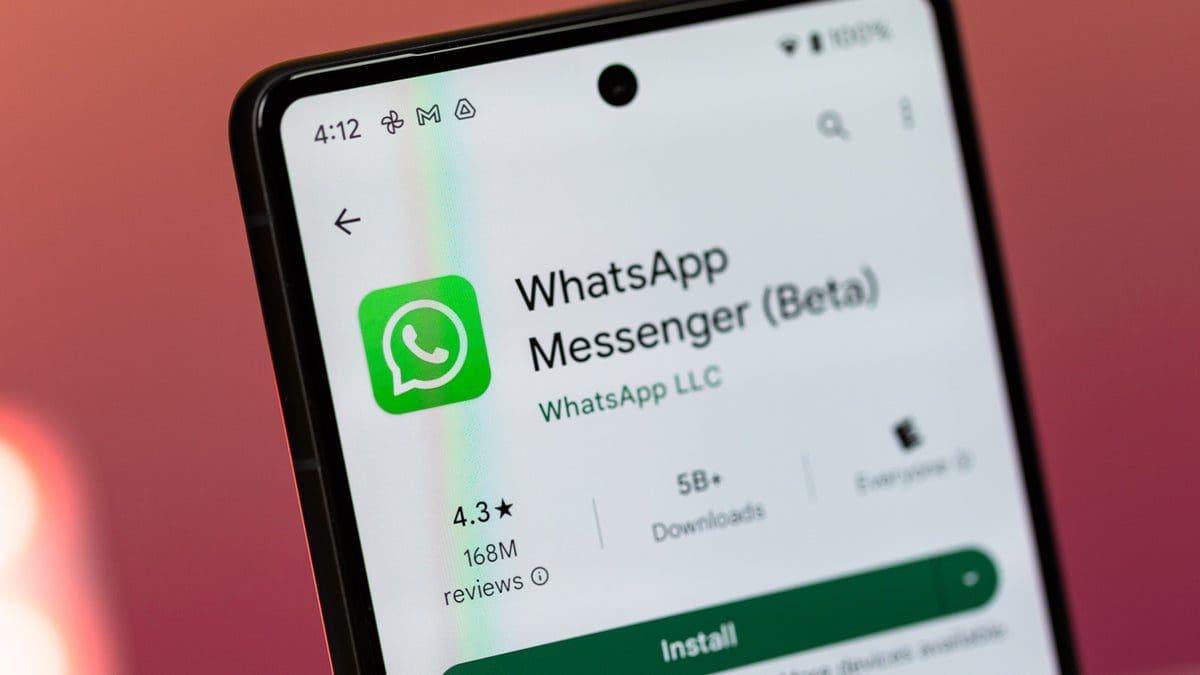Is your iPhone 15 Pro or iPhone 15 Pro Max heating up so much that you could fry an egg on it? We’ve told you that based on complaints from users, some iPhone 15 Pro series units have been overheating and this led TF International’s prescient Apple analyst Ming-Chi Kuo to comment. The first thing Kuo said was that the powerful 3nm A17 Pro chip that the new Pro models have under their hoods is not responsible for the handsets overheating.
More likely, Kuo says, the problem can be traced to things that Apple did to give the iPhone 15 Pro line a lighter footprint such as using a titanium chassis and reducing the heat dissipation area. This reduced thermal efficiency which is another way of saying that the phones get hot. Kuo suggests that Apple might be able to disseminate a software update to help reduce the overheating, but he also notes that unless Apple throttles the A17 Pro application processor (AP), any improvement could be limited.
Ming-Chi Kuo says Apple needs to fix the issue that is causing iPhone 15 units to overheat
Apple has used an iOS update to throttle an iPhone processor before when it sent out iOS 10.2.1 in January 2017. In that case, it was forced to throttle processors on the iPhone 6, iPhone 6 Plus, iPhone 6s, and iPhone 6s Plus. Users of those models were finding that whenever they needed to do a processor-heavy task, their phones were shutting down because of the older batteries in these units. But Apple never told iPhone users about the throttling and this resulted in the #Batterygate fiasco.
Kuo’s blog post included a warning to Apple as the analyst said, “If Apple does not properly address this issue, it could negatively impact shipments over the product life cycle of the iPhone 15 Pro series.
The initial reports that we mentioned yesterday indicated that the non-Pro models were also warming up along with the Pro variants. This was happening during the charging process and when the user was visiting a social media site. Ultraviolet images showed that these phones were hitting temperatures as high as 116 degrees Fahrenheit (46.7 degrees Celsius).
If Apple does send out a software update to fix the overheating, let’s hope that it doesn’t have to resort to throttling the processor to cool down the phones.










